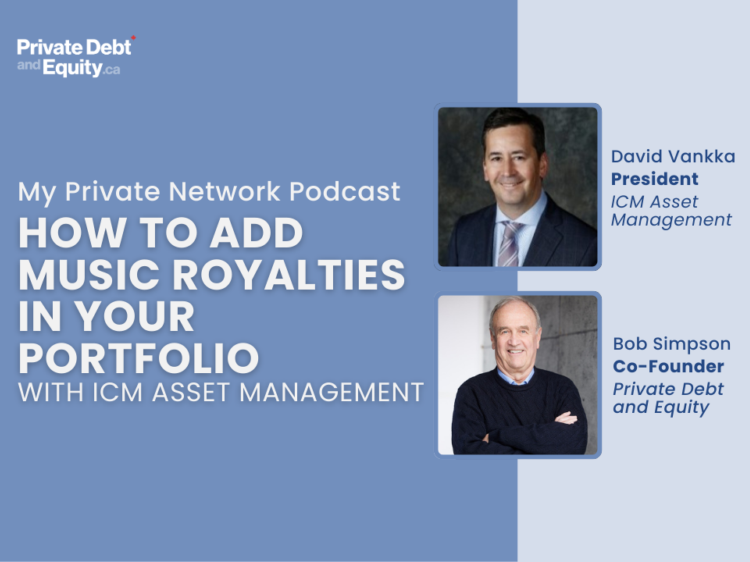Investing in Music Royalties can be an attractive investment as part of a diversified portfolio, for investors seeking to diversify into an asset class, based on ownership based of real assets, that provides investors with predictable and consistent cashflow, low correlation to traditional public markets, lower volatility then equities, and potential for double-digit long-term performance.
Why invest in
Music Royalties?
Consistent and Predictable Income
Music royalties is a relatively new asset class that allows investors to earn a predictable and passive income stream of cash flows from royalties paid to musicians, composers and producers who have decided to part with ownership of a song or catalogue for a lump sum payment.
Long-Term Copyright Protection
Music royalties are determined by Federal statutes and as a rule, copyright protection lasts for the life of an artist plus 70 years.
Streaming Services Expanding
Royalties are generally paid to an artist or composer on a regular basis (monthly, quarterly, or semi-annually) when music is played anywhere, such as streaming services (Spotify, Apple Music etc.), when music is played as part of a fitness program (Peloton), or in a public setting.
Royalty Distribution Explained
According to Royalty Exchange “The average per-stream royalty for both the composition and recording on Spotify is around half a penny. The sound recording average is about $0.0038 per stream. That leaves $0.0012 to the composition, which is then split 50/50 between performance and mechanical royalties.”
Professional Acquisition
Professional music royalty fund managers find acquisition opportunities through a variety of ways, including IP lawyers, managers, catalogue brokers, or directly from artists and seek to purchase royalties at reasonable prices for music that has consistent and predictable streaming revenue and that is deemed to maintain a popular following for many years to come.
Low Cost Management
Streaming revenues are growing, carry high margins and have no additional capital expenditure needs once the asset is owned, other than fund manager fees.
Dividend Reinvestment Opportunities
Monthly income streams and dividend reinvestment opportunities are generally available.
Registered Account Eligibility
Depending on the type of purchase, music royalties may be eligible for registered accounts RRSP, TFSA, etc.)




